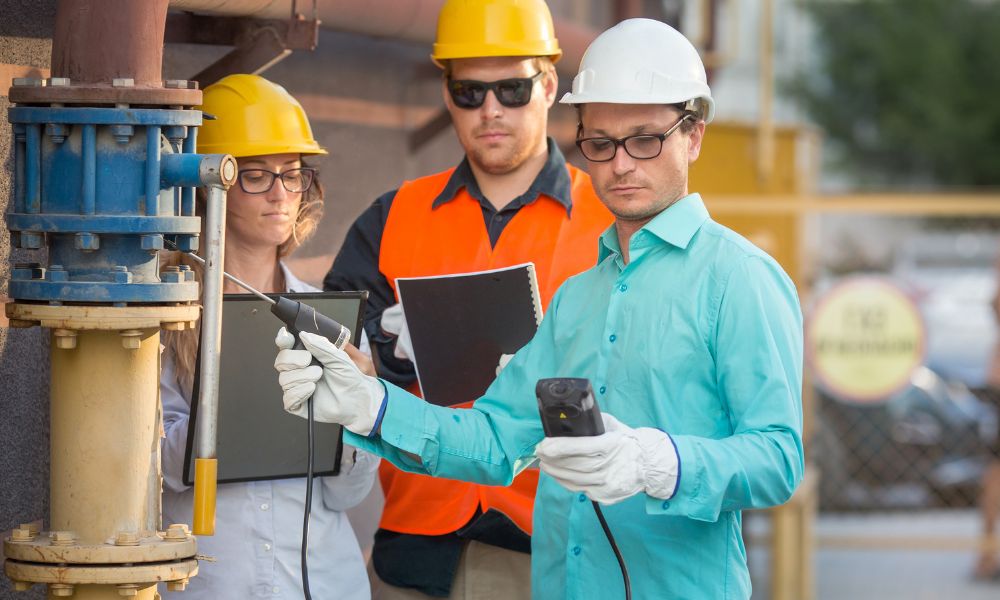-
play_arrow
KSLM Live KSLM AM & FM
-
play_arrow
Demo Radio Nr.1 For New Music And All The Hits!
-
play_arrow
Demo Radio Techno Top Music Radio
-
 play_arrow
play_arrow
03-05-2022 Micky Garus
Fixed-in-place gas detectors continuously detect and measure the concentration of one or more gases in an environment from their permanent installation sites. These detectors can be networked with a centralized control system or operate independently as stand-alone monitors. While each type offers distinct advantages, these three reasons to choose a stand-alone gas monitor can help you decide which device is right for your facility’s specific needs.
Ease of Use and Installation
Stand-alone gas monitors offer a level of simplicity and convenience that makes them particularly user-friendly and easy to install. Unlike networked systems, which require integration into a broader safety or operational network, stand-alone units operate independently, eliminating the need for complicated setup procedures involving network configuration and compatibility checks.
Stand-alone gas monitors also typically have more straightforward maintenance and operation protocols. Since each monitor functions independently, there’s no need to navigate complex network settings or perform system-wide updates. Users can directly interact with the devices for calibration, testing, and reading gas levels, making it easier for personnel with varying levels of technical expertise to manage the system effectively.
Cost-Effectiveness
Stand-alone gas monitors eliminate the need for costly networked infrastructure. The absence of additional hardware and software reduces the initial investment and translates to lower maintenance and operational costs over time.
Furthermore, these cost savings do not compromise the quality of gas detection, as stand-alone units are equipped with high-precision sensors and robust alarms. Finally, the reduced complexity and maintenance requirements also mean that companies can save on labor costs associated with system installation, updates, and troubleshooting.
Pro Tip: Consider Single-Gas vs. Multi-Gas Detectors
One of the essential things to know about stand-alone fixed gas monitors is that they can detect one or more target gases, and this affects their cost-effectiveness. Single-gas detectors are generally less expensive upfront and simpler to maintain, making them a cost-effective choice for environments with a known singular gas hazard. Conversely, multi-gas detectors, which can monitor several gases simultaneously, offer greater value in diverse or changing environments, potentially reducing the need for multiple single-gas units and thus optimizing the overall investment despite their higher initial cost.
Flexibility in Deployment
Flexibility is another reason to choose a stand-alone gas detector. Facility managers can position these devices where needed, regardless of the presence of networking resources. This feature makes them an ideal solution for remote sections of a plant, temporary worksites, or any area where setting up a networked system is impractical or unnecessary.
The ability to move monitors without reconfiguring an entire system offers adaptability to changing circumstances and layouts. For example, if a new area in the facility requires gas monitoring, managers can quickly install a stand-alone unit without disrupting existing network settings.
Stand-alone gas monitors present a compelling option for many facilities due to their ease of use, cost-effectiveness, and flexibility in deployment. Their ability to operate independently without the need for complex network integration allows for straightforward installation and maintenance, making them suitable for a wide range of environments and applications. Ultimately, choosing a stand-alone monitor can provide reliable gas detection without sacrificing efficiency or incurring unnecessary costs.
Written by: kslmadmin
Similar posts
Copyright 2023 KSLM Radio


